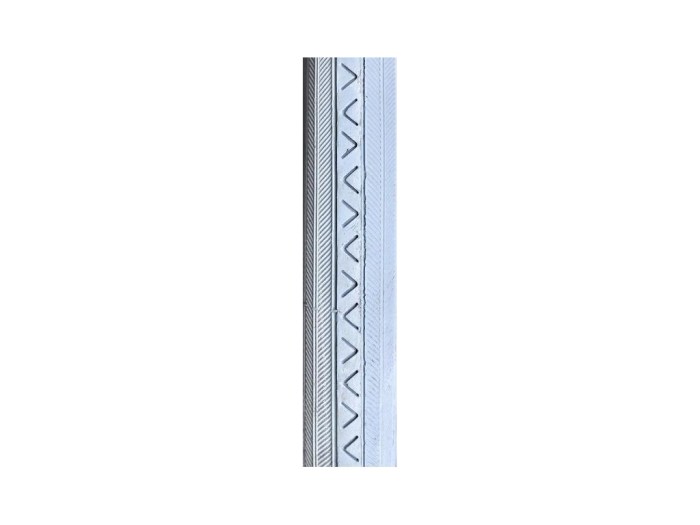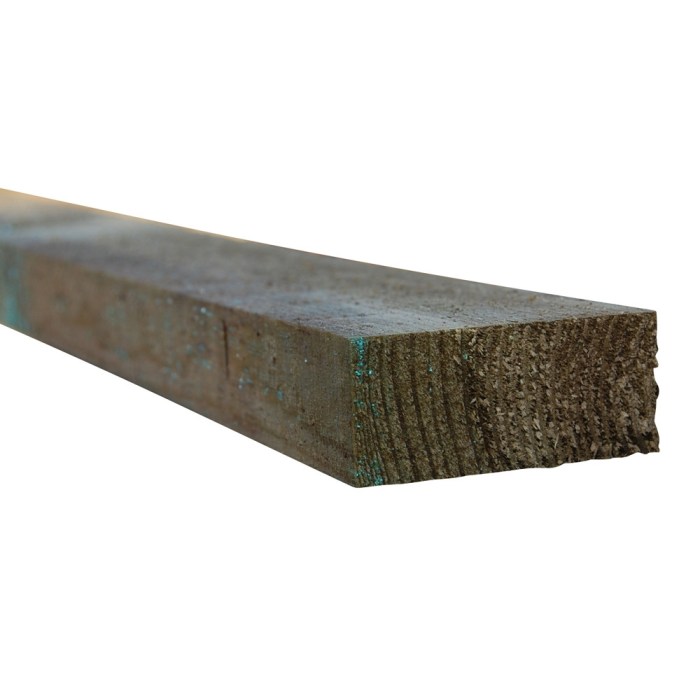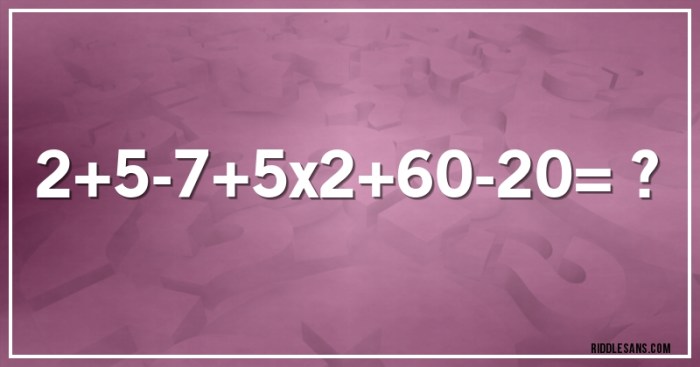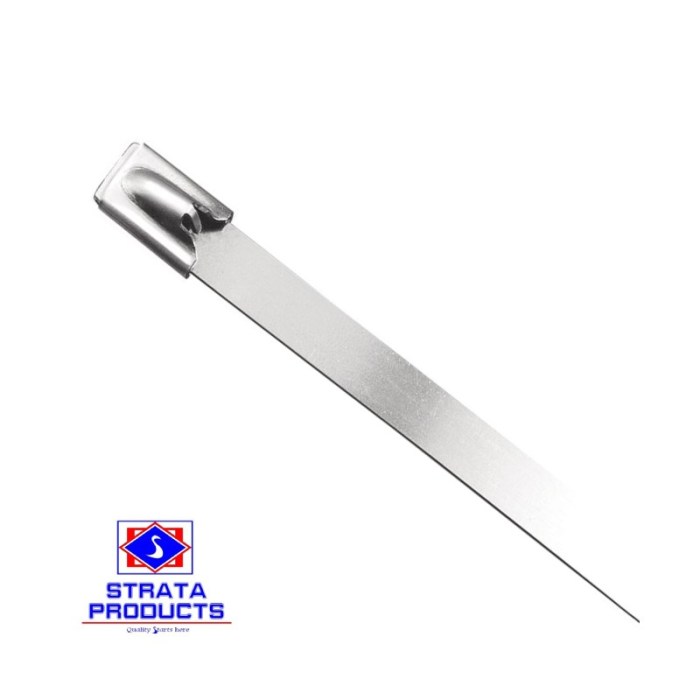Express in scientific notation. 25.4 – In the realm of mathematics, scientific notation stands as a powerful tool, enabling us to represent extremely large or small numbers in a concise and manageable format. This article delves into the intricacies of expressing 25.4 in scientific notation, exploring the concept, conversion process, operations, and applications of this invaluable mathematical tool.
Scientific notation, also known as exponential notation, provides a systematic way to represent numbers that are too large or too small to be conveniently written in standard decimal form. By expressing numbers in terms of a coefficient and a base raised to a power of ten, scientific notation simplifies calculations and enhances our understanding of the magnitude of values.
Scientific Notation

Scientific notation is a way of writing numbers that are very large or very small. It is used to make these numbers easier to read and understand.
A number in scientific notation is written as a number between 1 and 10 multiplied by a power of 10. For example, the number 25.4 can be written as 2.54 x 10 1. The number 10 1is equal to 10, so 2.54 x 10 1is equal to 25.4.
Advantages of Using Scientific Notation
- Scientific notation makes it easier to read and understand very large or very small numbers.
- Scientific notation can be used to compare numbers of different sizes.
- Scientific notation can be used to perform calculations more easily.
Disadvantages of Using Scientific Notation
- Scientific notation can be more difficult to read and understand than standard notation.
- Scientific notation can be more difficult to use to perform calculations than standard notation.
Converting to Scientific Notation: Express In Scientific Notation. 25.4

Scientific notation is a way of expressing very large or very small numbers in a more compact and manageable form. It is used in various scientific and engineering fields to simplify calculations and make numbers easier to read and understand.
To convert a number to scientific notation, follow these steps:
- Move the decimal point to the left or right until there is only one non-zero digit to the left of the decimal point.
- Count the number of places the decimal point was moved.
- Write the number in the form a x 10^n, where a is the number from step 1 and n is the number of places the decimal point was moved.
For example, to convert the number 25.4 to scientific notation:
- Move the decimal point one place to the left: 2.54
- Count the number of places the decimal point was moved: 1
- Write the number in the form a x 10^n: 2.54 x 10^1
Common Errors
- Not moving the decimal point the correct number of places.
- Forgetting to include the exponent.
- Using the wrong sign for the exponent.
Operations with Scientific Notation

Performing arithmetic operations with numbers in scientific notation involves manipulating the coefficients and exponents to obtain the correct result. It is crucial to align the decimal points when performing operations to ensure accuracy.
Addition and Subtraction
To add or subtract numbers in scientific notation, align the decimal points and add or subtract the coefficients. The exponent remains the same.
Example:
(3.45 x 104) + (2.78 x 10 4) = 6.23 x 10 4
Multiplication
To multiply numbers in scientific notation, multiply the coefficients and add the exponents.
Example:
(5.67 x 10-3) x (2.45 x 10 5) = 13.87 x 10 2
Division
To divide numbers in scientific notation, divide the coefficients and subtract the exponent of the denominator from the exponent of the numerator.
Example:
(4.86 x 106) ÷ (2.13 x 10 2) = 2.28 x 10 4
Applications of Scientific Notation

Scientific notation is a convenient way to express very large or very small numbers in a compact and easy-to-read format. It is commonly used in various fields, including:
Astronomy
Astronomers use scientific notation to express the vast distances and sizes of celestial objects. For example, the distance to the nearest star, Proxima Centauri, is approximately 4.22 × 10 13kilometers.
Chemistry, Express in scientific notation. 25.4
Chemists use scientific notation to express the extremely small quantities of substances involved in chemical reactions. For example, the mass of a single atom of hydrogen is approximately 1.67 × 10 -24grams.
Physics
Physicists use scientific notation to express the large and small values encountered in the study of matter and energy. For example, the speed of light is approximately 2.998 × 10 8meters per second.
Medicine
Medical professionals use scientific notation to express the concentrations of drugs and other substances in the body. For example, the concentration of glucose in a healthy person’s blood is approximately 5.0 × 10 -3grams per milliliter.
Engineering
Engineers use scientific notation to express the large and small values encountered in the design and construction of structures and machines. For example, the height of the Burj Khalifa, the tallest building in the world, is approximately 8.28 × 10 2meters.
FAQ
What is the scientific notation of 25.4?
2.54 x 10^1
How do I convert 25.4 to scientific notation?
Move the decimal point one place to the left and multiply by 10 raised to the power of the number of places moved. In this case, 25.4 becomes 2.54 x 10^1.
What are the advantages of using scientific notation?
Scientific notation simplifies calculations involving very large or very small numbers, enhances readability, and facilitates comparisons between numbers of different magnitudes.



